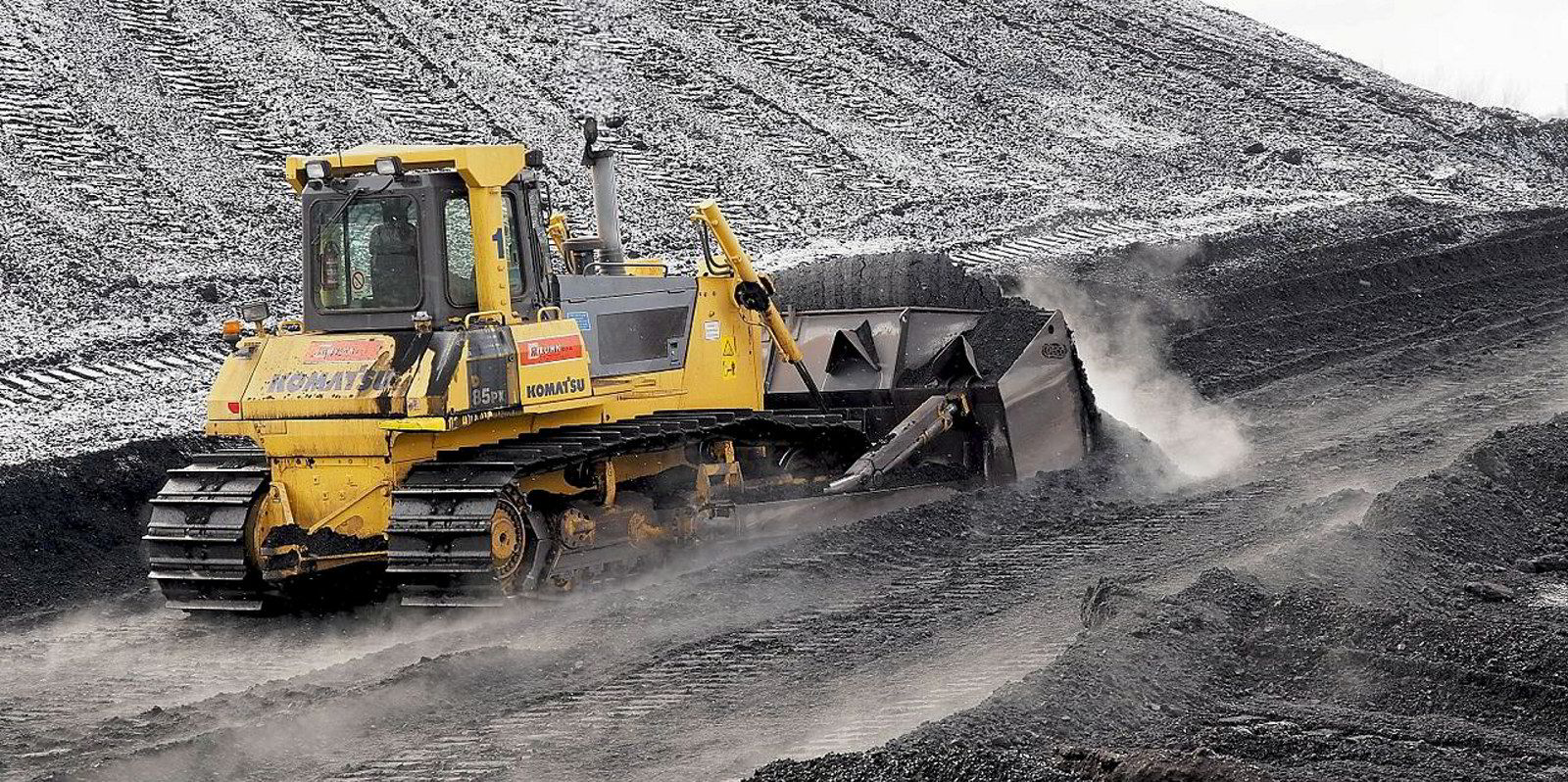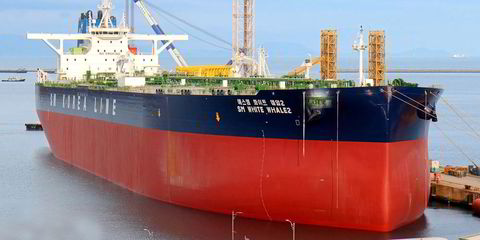Bulker owners and equity analysts are optimistic after reading China’s estimate on Tuesday that it achieved GDP growth of 4.5% for the first quarter.
That higher-than-expected figure, which is more than double the GDP expansion of 2.2% a year earlier, supports the likelihood that the country will meet, if not exceed, expected growth of 5% for 2023, to the benefit of dry bulk shipping.
“The strong start to 2023 increases the likelihood of the Chinese GDP growing more than anticipated,” Golden Ocean Group chief executive Ulrik Andersen told TradeWinds.
“This is welcome news, particularly for the large sizes, which are more dependent on developments in China than other segments.
“Around 75% of capesize tonne-mile demand stems from the Chinese iron ore import.”
Golden Ocean owns and operates 58 capesizes, 32 panamaxes and an ultramax and has 10 panamaxes on order.
Neither dry bulk shipping’s physical nor futures markets reflected Andersen’s optimism.
The Baltic Exchange’s Capesize 5TC set of spot-rate averages across five key routes declined 6.9% on Tuesday to $13,910 per day.
Meanwhile, May contracts for capesizes lost 7.5% on Tuesday to come in at $17,500 per day,
Andersen acknowledged, however, that GDP growth’s impact on dry bulk shipping depends on how the various economic sectors expand or contract.
“Of course, GDP growth is a headline number, but judging from what we have seen so far, growth in the industry and construction sector was solid and should provide for increasing demand,” he said.

“Although challenges persist for the property market, we remain optimistic that the dry bulk markets are on course for a period with strong markets.”
This kind of growth bodes well for bulker rates and equities because China imports 75% of the world’s iron ore and 20% of its coal with a fleet that is in short supply, Genco Shipping & Trading chief executive John Wobensmith said.
“Capesizes will be the biggest beneficiaries,” he said. “It’s supply, supply, supply. We don’t need much demand growth.”
China’s manufacturing sector, which makes up 41% of GDP, grew by CNY 10.8trn ($1.58trn), or 3.3%, according to the National Bureau of Statistics.
Its service industry, which accounts for half of GDP, expanded by CNY 16.6trn, or 5.4%.
Analysts view the numbers as positive for all shipping sectors, not just dry bulk.
“Despite the fact that the first quarter is traditionally the weakest quarter for construction, there are signs of a housing market recovery,” Clarksons Securities analyst Frode Morkedal wrote in a note on Tuesday.
“The economic data suggests that China’s economy may grow faster than previously anticipated, which we believe will benefit shipping markets, particularly import-related sectors such as dry bulk, tankers, LNG and LPG.”
Dry bulk sector get a boost as China’s growing economy puts higher demand on the long-haul iron-ore route from Brazil to China, but another sector has even more to gain, according to Jefferies analyst Omar Nokta.
“With respect to the shipping markets, the most obvious improvement has been visible within the tanker segment as higher crude oil flows from the Middle East and Atlantic Basin have supported VLCC rates at higher levels so far this year,” he wrote in a note.
China’s higher consumption of oil for domestic and foreign travel is causing stronger demand for the commodity, which will support the crude and product tanker markets, a New York tanker owner told TradeWinds.
“We are seeing increased refined product exports from China as well,” the owner said.





